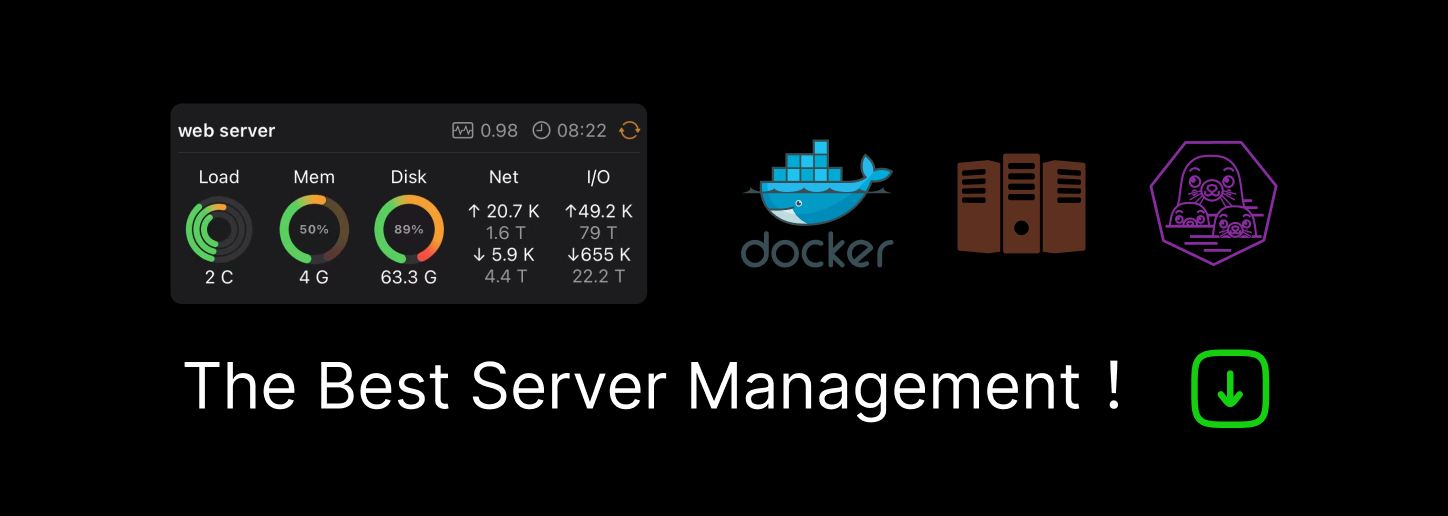

使用rsync同步目录
source link: https://www.cnblogs.com/MikeZhang/p/rsyncExample_20160818.html
Go to the source link to view the article. You can view the picture content, updated content and better typesetting reading experience. If the link is broken, please click the button below to view the snapshot at that time.

本文描述了linux下使用rsync单向同步两个机器目录的问题。 使用rsync同步后可以保持目录的一致性(含删除操作)。
数据同步方式
从主机拉数据
备机上启动的流程
同步命令:
rsync -avzP --delete root@{remoteHost}:{remoteDir} {localDir}
参数说明:
-a 参数,相当于-rlptgoD(-r 是递归 -l 是链接文件,意思是拷贝链接文件;-p 表示保持文件原有权限;-t 保持文件原有时间;-g 保持文件原有用户组;-o 保持文件原有属主;-D 相当于块设备文件);
-z 传输时压缩;
-P 传输进度;
-v 传输时的进度等信息;
rsync -avzP --delete [email protected]:/tmp/rtest1 /tmp/
向备机推数据
主机上启动的流程
同步命令:
rsync -avzP --delete {localDir} root@{remoteHost}:{remoteDir}
rsync -avzP --delete /tmp/rtest1 [email protected]:/tmp/
自动同步配置
描述同步时不输入密码的配置的方法。
使用ssh key
该方法可以直接使用rsync命令进行同步,同步过程中无需输入密码。
-
在主机上产生ssh key :
ssh-keygen -t rsa
-
在备机上加入pubkey
ssh-copy-id -i ~/.ssh/id_rsa.pub [email protected]
或者手动添加:
在主机上执行以下命令获取pubkey:
cat ~/.ssh/id_rsa.pub在备机上加入key内容:
vi ~/.ssh/authorized_keys
使用pexpect自动输入密码
示例代码如下:
#!/usr/bin/env python
# -*- coding: utf-8 -*-
import pexpect
import time
import traceback
def doRsync(user,passwd,ip,srcDir,dstDir,timeout=3600):
cmd = "rsync -azPq --delete {srcDir} {rUser}@{rHost}:{dstDir}".format(
rUser = user,rHost=ip,srcDir=srcDir,dstDir=dstDir
)
try:
ssh = pexpect.spawn(cmd,timeout=timeout)
print cmd
i = ssh.expect(['password:', 'continue connecting (yes/no)?'], timeout=5)
if i == 0 :
ssh.sendline(passwd)
elif i == 1:
ssh.sendline('yes')
ssh.expect('password: ')
ssh.sendline(passwd)
ssh.read()
ssh.close()
except :
#print traceback.format_exc()
pass
if __name__ == '__main__':
doRsync("root","123456","192.168.1.101","/tmp/rtest1","/tmp")
上面是使用python实现的代码,大家可根据情况用其它语言实现该功能。
1、rsync在执行过程中被kill掉会怎么样;
http://unix.stackexchange.com/questions/5959/how-can-i-pause-resume-rsync
It is safe to kill an rsync process and run the whole thing again; it will continue where it left off. It may be a little inefficient, particularly if you haven't passed --partial (included in -P), because rsync will check all files again and process the file it was interrupted on from scratch.
rsync被kill掉是安全的,下次启动时还可以正常工作。
2、rsync不能指定时间段;
1)该问题可以通过kill来解决
2)或者使用pexpect的timeout参数来控制
3)可以先通过find查找过滤出文件夹的名字,然后使用rsync进行同步 这个可以根据现有业务的特征进行,比如:
find /tmp -name '*' -newermt '2016-03-08' ! -newermt '2016-03-20'
3、rsync在写文件过程中同步(比如录音过程中执行rsync操作)
经测试,rsync会同步部分文件内容,文件写入完成后再执行rsync会保持文件的一致
4、当文件数量达到百万级以上时,rsync同步时扫描改变的文件非常耗时
本文github地址:
https://github.com/mike-zhang/mikeBlogEssays/blob/master/2016/20160818_使用rsync同步目录.md
欢迎补充
Recommend
About Joyk
Aggregate valuable and interesting links.
Joyk means Joy of geeK